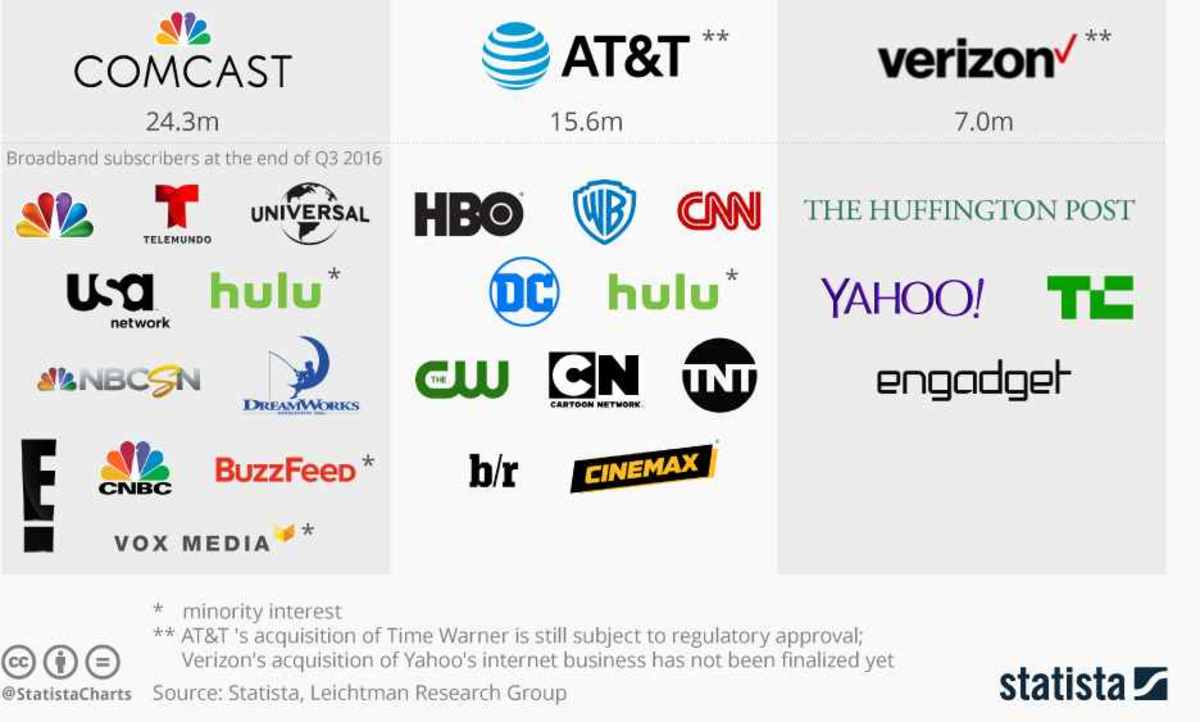JILTED SUPERSTAR: Part 04

"THE FIVE 20th CENTURY ERAS THAT DEFINE 21st CENTURY AMERICA" (Part 4 of 21)
.
THE ATOMIC AGE (FIRST ERA):
It is tempting for maturing generations to ask, "what is wrong with the world today?" This is not so much a new lament as it is a familiar hypothetical refrain asked by every generation aging ahead of those that precede. With the exception of predetermined time segments (i.e. songs, movies, etc.) nobody ever really knows how long anything is going to last.
Since life is simply one random action in response to some other random preceding action, humanity generally controls nothing; we don't necessarily change history so much as we sit idly by and watch history change us.
Historically, an ‘era' really is nothing more than the period time following some significant event. Once new events of poignant significance occur, so begins a new era.
As the 21st Century now gets underway we certainly can not predict with any certainty where society will evolve. However, even in admitting our ignorance, we can still identify the preceding pathways which ushered society up to its now present day.
In keeping with this, modern 21st Century society is defined as having developed out of five distinct eras since the close of World War II:
- FIRST ERA OF 'THE ATOMIC AGE': 1945 TO 1963.
- Second era of ‘Generation Freelove & 1970s America': 1963 to 1980.
- Third era of ‘Reaganomics': 1980 to 1992.
- Forth era of ‘Dot-Com': 1992 to 2001.
- Fifth era of ‘Revenge Is Justice': 2001 to Present.
.
The seeds of modern 21st Century society took root at the close of World War II. Looking back we surmise that this first era, The Atomic Age, lasted from August 1945 through the assassination of President John Kennedy in November of 1963. No one living in the days following the Second World War certainly had any way of foretelling 1950's paranoia, the 1960's social rebellion, nor the 1970's grandiose backlash against convention. No; such milestones would only be realized decades later amidst retrospective insight and the schism of social change.
How long would the post World War II era last? When would the next ‘era' begin?
Not only did Society-of-the-Day not know, but also Society-of-the-Day hadn't the capacity, desire or insight to even ponder such conceptualizations. For that, Society-of-the-Day needed a grand eye-opener and neither acid nor marijuana would be explored until shortly after John Kennedy's date with his assassin's bullet.
As with the 1940's, the 1960's had been one of humanity's most influential and prolific eras. However, in all of its apparent genius, the ‘60s succeeded merely in perverting the fragile minds of its then present-day youth. From Camelot to Viet Nam, ‘Generation Freelove' was pocked with civil unrest, political assassination, nuclear paranoia and urban decay. Accompanying these era-typical disappointments came distinct socioeconomic concerns.
Collectively, these issues gave cohesion to the great many socio-sexual changes eventually molding the decade.
Hunting season on the Kennedy family, along with Malcolm X and Reverend King, had apparently opened. Because such individuals campaigned for a new morality amidst regressive thinking of their present day, it was the decade's newly enlightened youth who, one after another, witnessed their political champions each achieve nirvana through an assassin's bullet.
Idealistic notables were being systematically extinguished. Where, when, why?
Who would be the next to die?
The Kennedy's and King's and Malcolm X's became martyrs symbolic of not only progressive minds silenced in their comparatively sophomore political years, but of a rapacious society confused, disenchanted about its future. Subsequently, with minimal acknowledgement of their yesterdays, and with no concern for their tomorrows, the decade's youth crafted its own Subculture, designed to turn on, tune in and drop out from the world nervously unfolding.
Groovy?
The entire hippie Subculture scene, which started ‘innocently' enough, morphed into a sort ‘waiting game.' Generation Freelove swelled with powerless spectators, sitting idly on the sidelines, masquerading through the maneuvers of being in ‘control' while around them, yes, the times they were a-changin'. The Subculture's great escape from reality through drugs and sex and rock-n-roll never really came and was nothing more than good old fashioned chaos, fatally-flawed and mislabeled as flavor-of-the-day ‘enlightenment.'
Innocence? Ha! There was no such notion as innocence. Nothing about Generation Freelove was ever innocent; let's be crystal clear on that misconceived, mis-marketed lie.
It was that very perception which allowed vividly for new and different means of exploration and exploitation among America's numb and shell-shocked youth. Perhaps sculpted out of apathy, perhaps born of mere helplessness, Generation Freelove turned to ‘Popism' in their art and protest in their song, to decadence in their sexing and to drugs for acceptance of the turbulence evolving in their midst. Gradually, while childhood Ozzie and Harriet morals eroded, both the National Organization for Women and the Equal Rights Amendment gave ‘Leave It To Beaver' an entirely new, albeit separate, meaning.
Separate, but equal.
Indeed, there is no greater feeling of loss than that of being powerless. However, from ashes and embers arises the Phoenix.
/ / / END OF PART FOUR / / /
********************************
© 2007 - R. MARTIN BASSO
NEXT INSTALLMENT COMING SOON -Part 5: Generation Freelove & 1970's America








